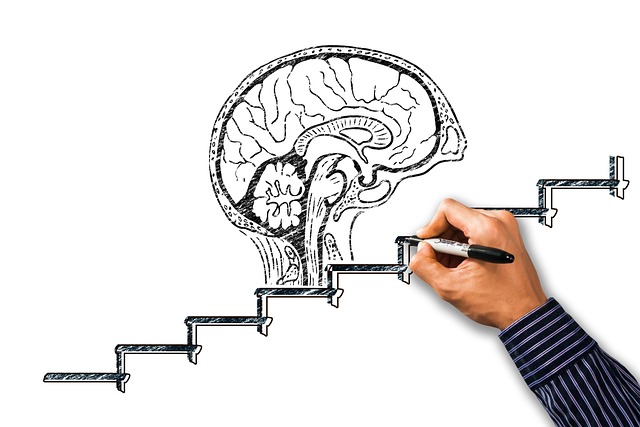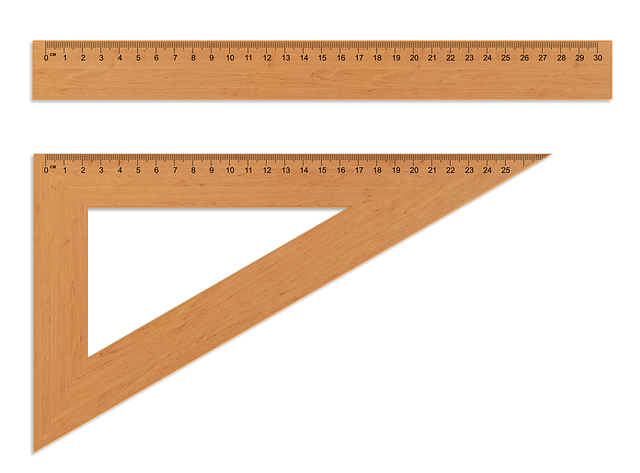Visual Workplace Management leverages systematic methods and visual cues to transform cluttered spaces into functional areas, enhancing productivity and safety. Integrating lean management principles and 5S training—a Japanese method including sorting, organizing, cleaning, standardizing, and sustaining—leads to continuous improvement through regular team assessments. This approach optimizes workflows, boosts morale, and creates safer, more engaging work environments, ultimately driving higher productivity in today's dynamic business landscape. Key benefits include process standardization, efficiency gains, and a culture of continuous improvement fostered by 5S continuous training.
Visual workplace management is a powerful approach that transforms spaces into highly organized, efficient, and visually appealing environments. This article provides a comprehensive overview of this concept, exploring essential components like 5S training (a foundational method emphasizing sorting, setting in order, shining, standards, and sustainability), lean management techniques for streamlined workflows, and effective workplace organization strategies to boost productivity. Additionally, we delve into continuous improvement practices through 5S and the critical role of process standardization for consistent team performance.
- Understanding Visual Workplace Management: A Comprehensive Overview
- The Foundation of 5S Training: Principles and Benefits
- Lean Management Techniques for Efficient Workflows
- Workplace Organization Strategies for Improved Productivity
- Continuous Improvement with 5S: Sustaining Organizational Practices
- Process Standardization: Ensuring Consistency Across Teams
Understanding Visual Workplace Management: A Comprehensive Overview

Visual Workplace Management is a systematic approach to creating efficient and organized work environments through visual cues and standardized processes. It leverages techniques like 5S training, a Japanese method focusing on sorting, setting in order, shining (cleaning), standardizing, and sustaining. This methodology transforms cluttered spaces into visually appealing and highly functional areas, enhancing productivity and worker safety. By integrating lean management principles, which aim to eliminate waste and optimize workflows, organizations can achieve exceptional workplace organization.
5S continuous improvement is a core concept, fostering a culture of ongoing enhancement where team members regularly assess and refine their work areas. Process standardization ensures consistency, making it easier for employees to understand and follow procedures, thus reducing errors and improving overall efficiency. This method isn’t just about aesthetics; it’s a strategic tool to streamline operations, boost morale, and create a safer, more engaging work environment.
The Foundation of 5S Training: Principles and Benefits

The foundation of 5S training lies in its core principles that emphasize lean management and workplace organization. This method, originating from Japan, has gained global recognition for enhancing efficiency and productivity through process standardization. The five ‘S’ stand for Sort (removing unnecessary items), Set in Order (arranging items for easy access), Shine (cleaning to maintain a standard of hygiene), Standardize (establishing clear procedures), and Sustain (continuously improving the system).
5S training benefits extend beyond initial implementation. It fosters a culture of continuous improvement, where regular reviews and adjustments ensure processes remain streamlined and optimized. This approach not only improves workplace organization but also boosts employee morale by creating a safer, more efficient, and aesthetically pleasing work environment.
Lean Management Techniques for Efficient Workflows

In the realm of visual workplace management, Lean Management techniques are instrumental in creating efficient workflows and enhancing overall productivity. One highly effective method is 5S training, a cornerstone of lean management that involves sorting, setting in order, shining (cleaning), standardizing, and sustaining. By implementing these principles, workplaces can achieve remarkable organization and streamline processes for continuous improvement.
5S continuous improvement drives process standardization, ensuring every employee understands their role and responsibilities within the workplace. This not only minimizes waste but also fosters a culture of accountability and engagement. Visual cues play a pivotal role in this system, as they facilitate quick comprehension of tasks, maintain order, and promote an environment conducive to high-quality work.
Workplace Organization Strategies for Improved Productivity

In today’s fast-paced business environment, efficient workplace organization is key to boosting productivity and creating a harmonious work space. Implementing strategies like 5S training and lean management principles can significantly transform operations. The 5S methodology—Sort, Set in Order, Shine (Clean), Standardize, Sustain—encourages employees to maintain an organized environment, reduce waste, and enhance overall productivity. By teaching workers to organize their workstations and follow standardized processes, companies can achieve a level of efficiency that was previously unattainable.
Additionally, process standardization plays a crucial role in workplace organization. Streamlining workflows ensures tasks are completed consistently and effectively, minimizing errors and maximizing output. This continuous improvement approach, often associated with lean management, involves regularly reviewing and refining processes to eliminate bottlenecks and enhance overall workplace dynamics. By fostering a culture of order and efficiency, these strategies contribute to improved job satisfaction, reduced stress, and ultimately, higher productivity levels for all employees.
Continuous Improvement with 5S: Sustaining Organizational Practices

In today’s competitive business landscape, maintaining a visually organized workplace is more than just aesthetics; it’s a driver for continuous improvement and lean management. The 5S methodology, a cornerstone of workplace organization, goes beyond initial sorting to foster a culture of sustained organizational practices. This involves training employees in 5S techniques, which include sorting, setting in order, shining (cleaning), standardizing, and sustaining. By implementing 5S continuous improvement, organizations achieve process standardization, streamlining workflows and enhancing productivity.
The benefits extend further, creating an environment that encourages employee engagement and fosters a sense of pride in their work area. Regular 5S training sessions ensure practices remain effective and adaptable to evolving business needs. This not only improves efficiency but also contributes to a safer, more engaging workplace where every team member plays a vital role in maintaining the organization’s high standards.
Process Standardization: Ensuring Consistency Across Teams

Process Standardization plays a pivotal role in Visual Workplace Management by fostering consistency and efficiency across diverse teams. By implementing 5S training, which includes sorting, setting in order, shining (cleaning), standardizing, and sustaining, organizations can create a lean management system that optimizes workflow and minimizes waste. This approach aligns with the broader principles of workplace organization, ensuring every team member follows established processes and best practices.
Moreover, embracing 5S continuous improvement drives a culture of excellence where each step is scrutinized for potential enhancement. Standardization allows for predictable outcomes, enabling teams to focus on value-added activities. It streamlines operations, reduces errors, and promotes a safer work environment. Ultimately, these practices transform the workplace into a well-oiled machine, enhancing productivity and employee satisfaction.
Visual workplace management transforms chaotic spaces into efficient, organized environments through a combination of 5S training, lean management techniques, and continuous improvement. By implementing these strategies, organizations can achieve enhanced productivity, streamlined workflows, and consistent processes. 5S training lays the foundation for order, while lean methods identify and eliminate waste. Continuous 5S improvement ensures sustained organizational practices, and process standardization guarantees consistency across teams, ultimately driving operational excellence.
